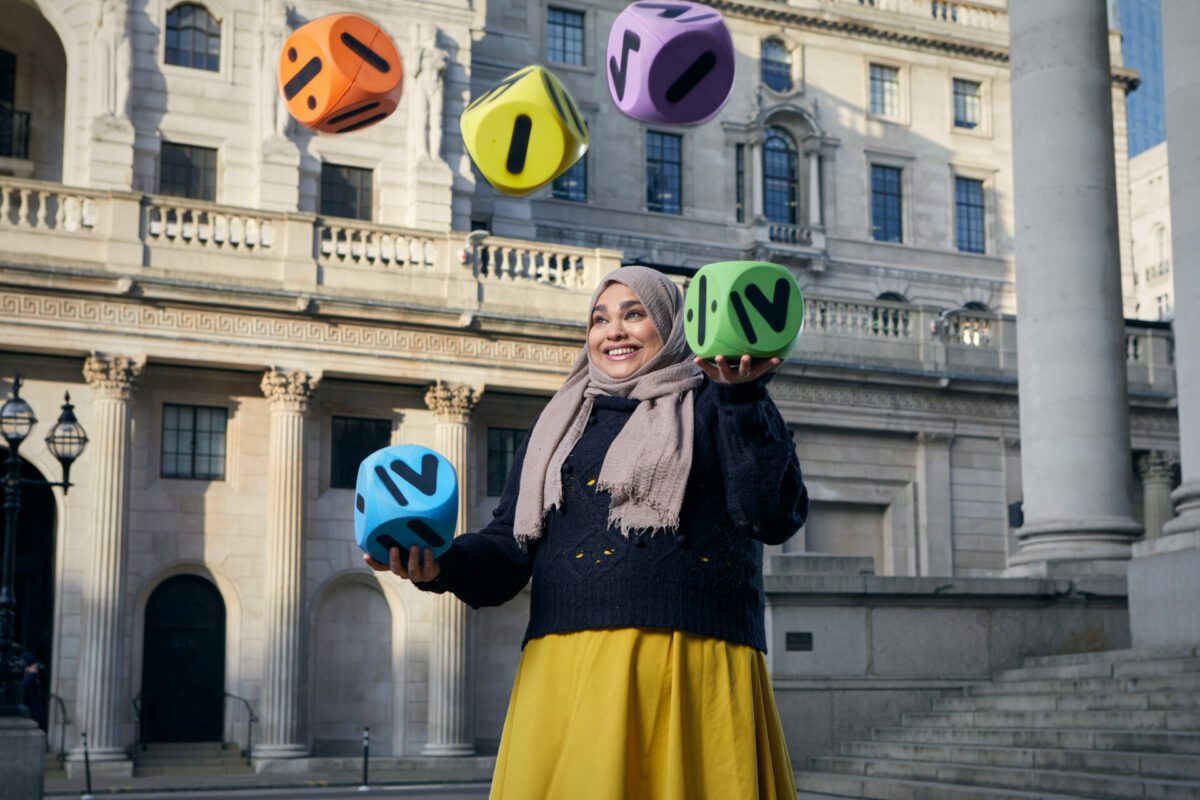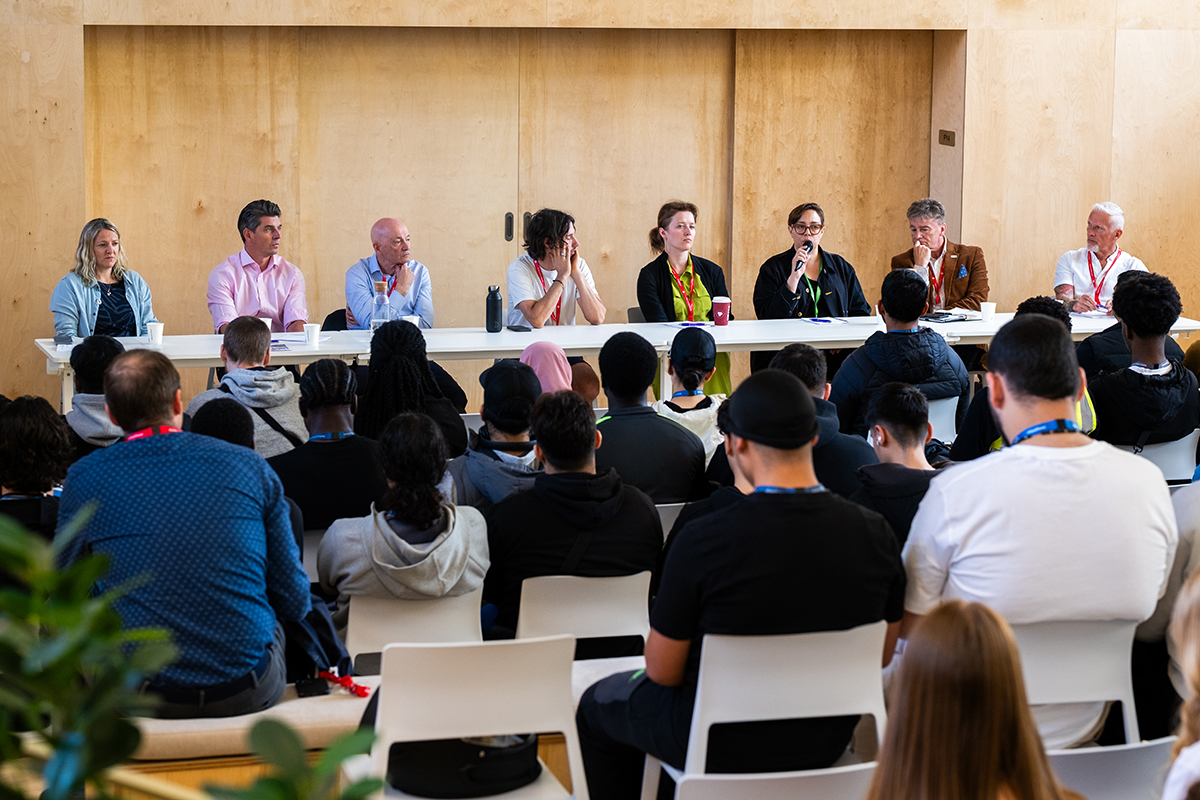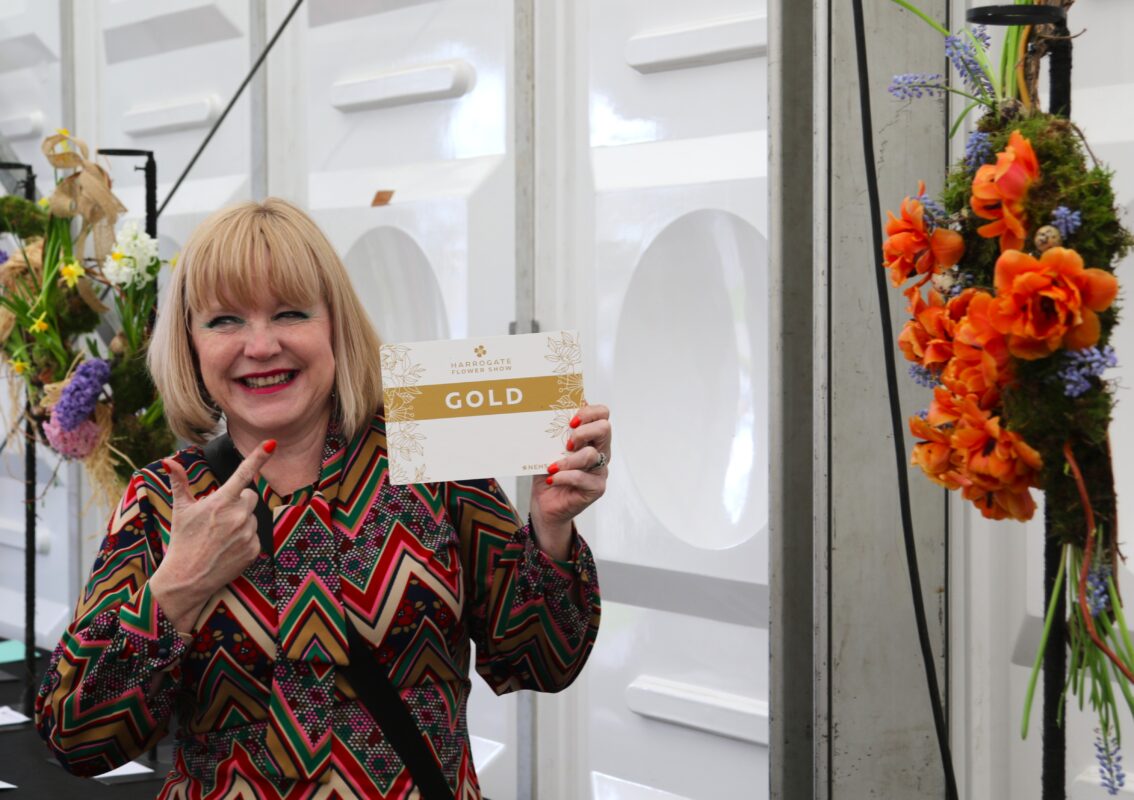UK bottom of class finds study

Only 2% of British adults could identify all 10 of the most common GCSE level mathematical symbols in UK #WorldMathsDay challenge
Key findings:
- Most Brits can’t identify basic GCSE level maths symbols – only 2% got all 10
- 41% of adults cannot correctly identify the infinity symbol (∞), 34% can’t name the less than sign (<) and 36% struggle to recognise the square root symbol (√)
- Engineers, scientists and teachers are among the best performing professions – accountants only seventh in the league table
- Study comes as government announces plans to to ban pupils who fail GCSE maths and English from taking out student loans
Most UK adults are bottom of the class when it comes to identifying basic GCSE mathematic symbols, a new study has found.
To mark World Maths Day (23 March 2022), top industry body, the AAT (Association of Accounting Technicians) put a sample of UK adults to the test to find out if their numeracy knowledge adds up.
But the sums resulted in an ‘F’ for fail, as only 2% of British adults could identify all 10 of the most common GCSE level mathematical symbols, including infinity (∞), square root (√), and less than sign (<), according to new research.
Reassuringly, all adults got top marks for identifying the most familiar symbols, such as plus (+), minus (-) and divide (÷).
But almost two-fifths (41%) of adults cannot correctly identify the infinity symbol (∞). More than a third (36%) struggled to recognise the square root symbol (√), and 34% couldn’t name the ‘less than’ sign (<).
Signs used less often in our daily lives such as greater than or equal to (≥) went unidentified by 64%, while more than three-quarters (78%) couldn’t name the ‘approximately equal to’ sign (≈), and the ‘is similar to’ symbol (~) proved the most difficult for 95% of respondents.
Males marginally outperformed their female counterparts, getting 65% of their answers correct versus 61%. However, AAT reports that two-thirds of its members and students are currently female, showing interest in the subject is open to all.
World Maths Day is celebrated annually across 235 countries by millions with the aim of encouraging better numeracy among children and adults.
The study by ATT was aimed at raising awareness around numeracy being a vital life skill and one that can open doors to many careers, including accountancy. The AAT (Association of Accounting Technicians) is the UK’s leading qualification and professional body for technical accountants and bookkeepers, and has around 125,000 members and students in over 100 countries
Rachel Staples, Head of Qualifications and Product Development at AAT, said,
“Maths can be a polarising topic with many people believing they aren’t good at it, however, that shouldn’t be the case.
“While we’ve looked into the knowledge of the nation in regards to common GCSE mathematical symbols, the truth is they aren’t used as frequently in later life or indicative of overall professional success.”
The study also found engineers were top of the class with their maths knowledge, outsmarting accountants, teachers and scientists, despite all groups being known for their numerical knowledge.
To find out more about AAT qualifications and a career in finance, visit www.aat.org.uk/career-in-finance.
Full research breakdowns
| Mathematical symbol | Mathematical name | Percentage of UK adults that correctly identified the symbol |
| + | Plus | 100% |
| – | Minus | 98% |
| ÷ | Divide | 97% |
| π | Pi | 80% |
| < | Less than | 66% |
| √ | Square root | 64% |
| ∞ | Infinity | 59% |
| ≥ | Greater than or equal to | 37% |
| ≈ | Approximately equal to | 22% |
| ~ | Is similar to | 5% |











Responses